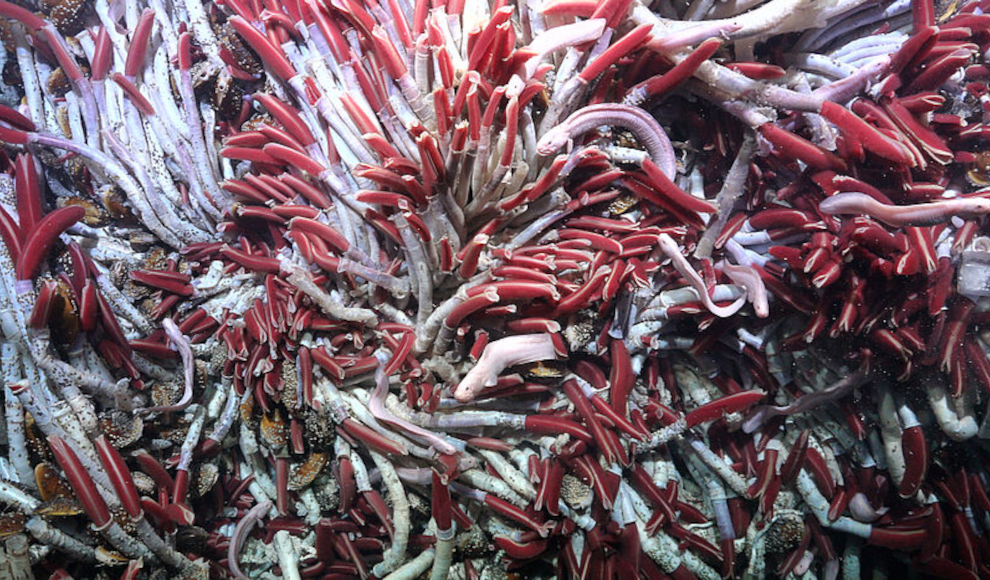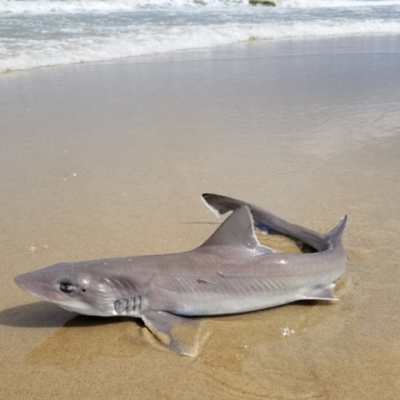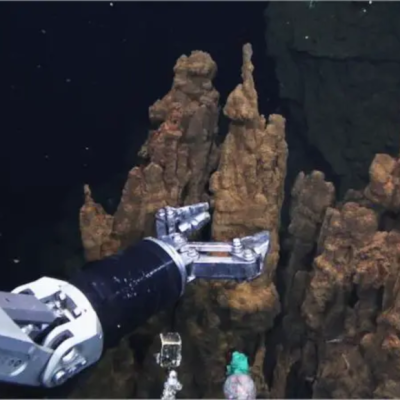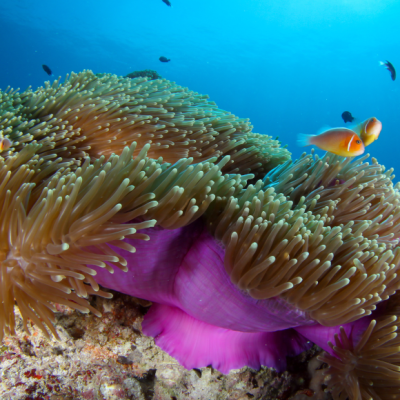A previously unknown habitat in the deep sea has been discovered by a diving robot under hydrothermal vents. The discovery expands our understanding of animal life in the deep sea significantly. The deep sea and the creatures that inhabit it are still largely unexplored. Researchers from the University of Vienna, in collaboration with the Royal Netherlands Institute for Sea Research (NIOZ), have made another discovery in the deep sea. During a research trip to the East Pacific Ridge off Central America, the researchers found that animals live in cavities in the rock under hydrothermal vents. Previously, it was only known that animals occur in the warm water in the vicinity of hydrothermal vents.
During the 30-day expedition aboard the research vessel Falkor, the researchers used the robot to turn parts of the underwater volcano’s rock. In the exposed rock, they observed different worms, snails, and chemosynthetic bacteria living in the approximately 25-degree Celsius warm water. “With this discovery, our understanding of animal life in the hydrothermal vents of the deep sea has been significantly expanded. There are two dynamic habitats in the vents. Animals above and below the surface thrive together, depending on the thermal fluid from below and the oxygen in the seawater from above,” said Monika Bright, the lead researcher.
The discovery of the deep-sea habitat is due to larvae of tube worms. Tube worms were frequently observed during expeditions to hydrothermal vents. However, their larvae were rarely present in the environment. Therefore, the researchers suspected that they must live below the hydrothermal vents. The now-published study confirms this hypothesis and also shows that other life forms populate the ecosystem under the hot springs. In addition, the researchers conducted experiments in which they sealed off areas of the volcano crust with the underwater robot. After a short time, many adult animals settled in these areas. This shows that new underwater sources can be quickly colonized by animals. This discovery significantly changes our view of this unique habitat.










